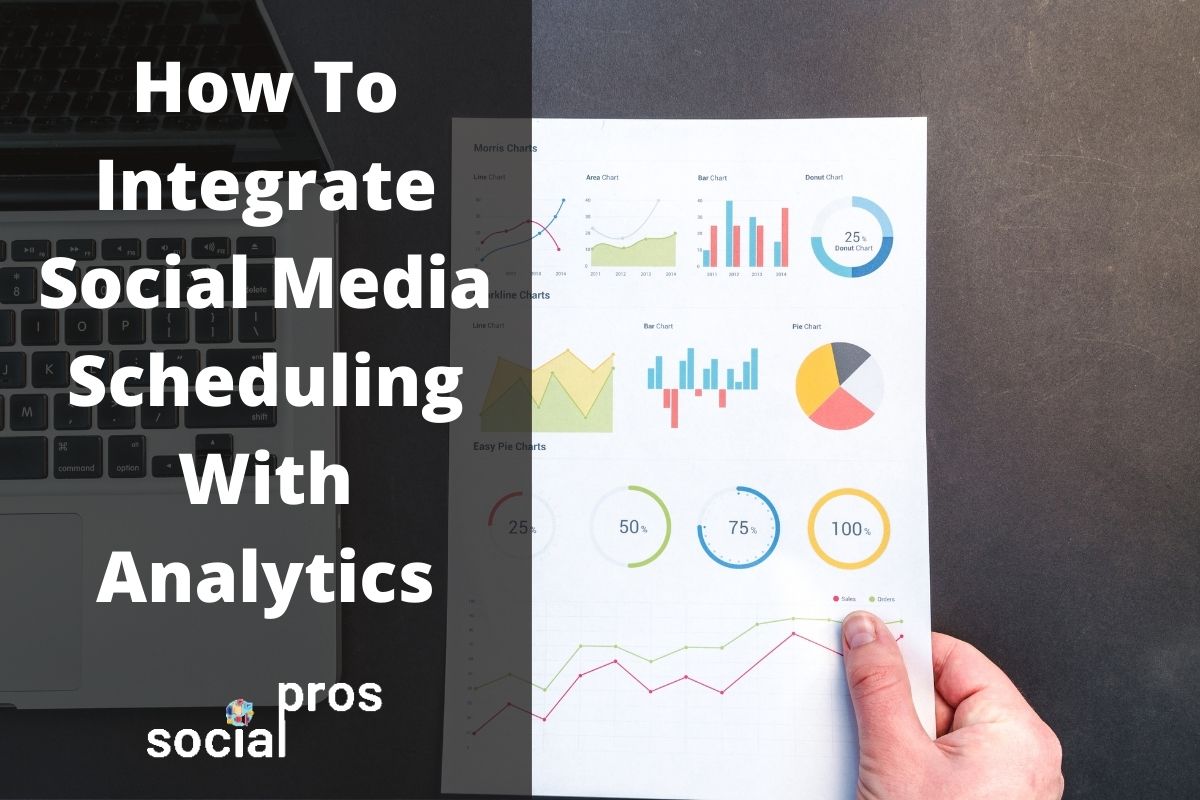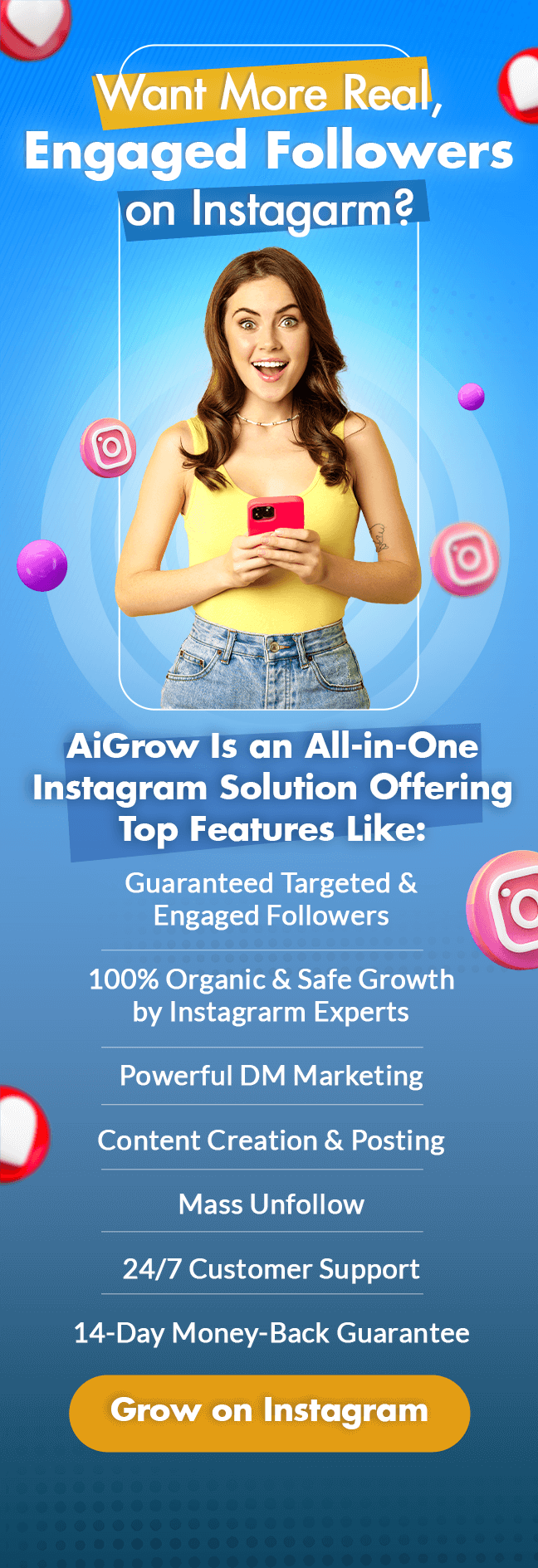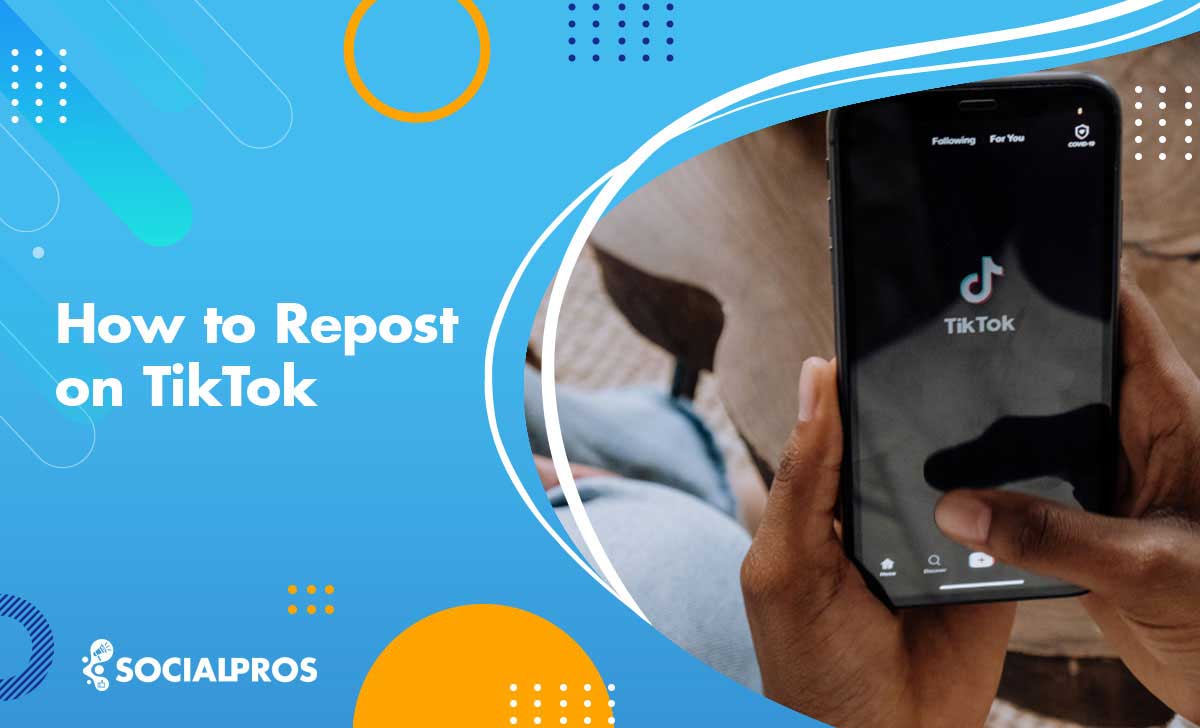Page Contents
Any business or project with a social media supplement needs to ensure that they’re keeping things tight, professional, and speedy.
Outreach, promotion, and updating should be three absolute staples in any kind of modern scheme. If an individual or party isn’t keeping up with the times and digitizing their work in the vein, they will be missing out on a lot of potential and promise.
Social media posts need to be created to genuinely connect with your audience and update them on what you have planned.
You also need to get as many eyes on your work as you can.
When you have a business to run or a project to work on, social media will be one of your best friends. With it, you’ll be able to learn a lot about yourself, your business, and those in your following.
You’ll create a mix of manually created content and automatic content that has been scheduled. You’ll use analytics tools to understand better where you are and where to go, also.
Here, we’re going to run through the method of integrating social media scheduling with analytics. This kind of work can put your work and understanding in a monumental place and help you go forward.
Read on if you’re ready to better your understanding of them and the method of amalgamating the two for the betterment of your project.
What is Social Media Scheduling?
Social media scheduling is the practice of preparing social media content in a particular and orderly fashion.
An individual might post something at any time to share their thoughts or their journey with the world. However, a business will look to time their posts and a professional manner to appear authoritative and together, using this type of visual communication to get ahead of their competitors.
Whenever you see social media content from big companies, there will have been a plan and a structure behind it. Typically, they will have been worked on months in advance, and you see the result of a huge campaign or project.
They’ll use social media marketing tools to schedule their tweets, Instagram posts, and Facebook updates.
TweetDeck and HootSuite are very popular with companies looking to correctly schedule and structure their tweets. A calendar will be provided and used to place the content adequately.
The days and times will be meticulously planned out based on the audience and customer base. They will look to strike at a particular time, and the marketing tools will help perfectly with that.
Around a decade ago, social media marketing was in its infancy.
It was very amateurish and even the biggest institutions behaved like individuals making their first steps on these platforms. But, over time, it has become a sharp, professional, and competitive way of getting a message across.
Posts and content are now so airtight that there are seemingly no errors in scheduling and quality.
Related Article: What Is Behavioral Targeting and Why Does It Matter?
In the near future, we’re likely to see marketing tools and software being used by every single business – it will likely be seen as a staple in marketing regarding startups and side-hustles instead of an extra option.
Scheduling has become more than just a case of timing posts perfectly. Instead, they’re released in line with what analysis has shown to get the very best response and engagement. Analytics is a big factor in any kind of social media marketing in this day and age.
What are Analytics?
Analytics is the practice of quite literally analyzing data on social media. The performance of the content produced and the behavior of the audience will be big factors.
Businesses will look at the likes of Twitter, Instagram, and Facebook, and check out the data that is given via conversation and engagement.
Analytics for social media platforms are at a level that contains plenty of detail and provides us with so much data. It wasn’t always this in-depth, however.
A decade ago, Twitter analytics provided us with impressions and engagements to learn about our reach and relevance.
In this day and age, the behaviors and future implications can be understood using analytics tools and services. As time moves on, this, much like scheduling, is likely to become a staple and a must-have in most social media projects.
As a business some of the analytics platforms you’ll want to work with will include Meltwater and Falcon.io.
They will provide an excellent foundation for you to work under and give you an easily navigable interface to interact with.
They’ll integrate comfortably with social media scheduling by providing it as one of their services. It’s a magnificent way of piecing every post and getting to know the perfect times for your content.
Now that we understand the fundamentals of analytics and scheduling, we’ll quickly run through a few points that run alongside. Once social media management and analytics have been integrated, you’ll be able to do a multitude of tasks.
Let’s get into it a little deeper.
What do your Customers Think?
Social media marketing tools and systems will do more than just schedule and order content. Although, of course, scheduling is one of the main aspects,e are plenty of extra services are available.
Take, for instance, SproutSocial and Awario. These two are examples of Social Media Listening products. They’ll be able to analyze the tone and the feel of social media posts. This is very useful in a multitude of ways.
Firstly, they’ll be able to engage how you have been behaving. They’ll tell you whether you’re coming across in a positive, negative, or neutral way. They’ll also analyze the feel and behavior of your audience.
If you know how your audience feels, then you’re going to be in the right place going forward.
Using these kinds of listening tools will help you in terms of the edge you’ll gain over the competition. Setting up keyword tracking to monitor all related mentions will allow you to understand more and do it quickly. You’ll also be able to identify the likes of brand advocates and influencers.
Improving customer service is always ideal – this will help it out. You’ll lastly be able to find your perfect audience as a more narrowed-down group will be snuffed out.
Do your Customers Want to Engage With You?
Social media was once a supplement to a business or an added extra that seemed more of a luxury (or novelty). It is now a vital cog in a business’s marketing machine. It now has to be used as a support channel in lots of different ways.
Businesses and those looking to build up a profile should use social media to engage and interact with those interested.
Whether it’s to help them with a query or to get them excited about something, social media should be utilized in this manner. But, if you’re not, then you should quickly get into the habit of doing so.
Making polls, AMAs, and keeping lines of communication open are three examples of excellent ways of engagement with customers. Surveys also work very well as you get detailed, specific answers.
Social monitoring, social media stories, close friend stories, and direct messages all produce fine results in this regard.
Your goal is to continually build a genuine, authentic relationship through these means.
Where do your Social Media Shares Come From?
When you have lots of shares from lots of different avenues, you’ll need to understand best where each user arrived from. For this, you’ll take part in what’s called ‘channel attribution’.
Each engagement will be assigned attributes and then assigned to a particular channel.
Direct traffic is defined as traffic that comes from typing in the URL or clicking on a bookmarked link.
Users attributed to ‘direct traffic’ will need to be understood by a business as they’ll likely be those most interested in what is being said and what is being sold.
Advanced analytics will be used to best understand users from the likes of the more direct means.
Tools like Hotjar and Smartlook will go into great depth regarding how users experience your social platforms and websites without confusing jargon.
They’ll use things like heat maps and record data to understand each user’s specific behaviors – and their collective behavior.
Behavioral analysis is so key to understanding your audience and moving forward positively. It’s great for companies with low sessions as they’ll be able to understand how to boost up the numbers.
There will be reasons for the low page view volume – getting into the users’ minds would have substantial benefits.
Setting up Conversions and Events
A conversion in analytics is the completion of a particular event. This can be the sale of a product or a simple email newsletter sign-up. An event is a lesser version of conversion in that it’s more of a more negligible interaction than can be measured — for example, a download or the click of a link.
In terms of these two, missing out on simply setting them up might end up being criminal in the long run as they’re a sure-fire way of understanding what’s popular and what performs well with your audience.
You just have to make sure you’re not overcomplicating it in terms of the volume of events you wish to create. Analytics will need to be comfortable to follow; being overawed by data will be a bad thing a lot of the time. Your job is to understand the feelings and behaviors of those interested.
Goals and Objectives
In analytics, a goal will measure how well your site or application fulfills your objectives. They’ll represent a conversion that will have contributed to the success of a business. An objective is simply something you’ve looked to complete as part of your plan in this regard.
One of the best practices for marketers regarding goals and objectives is to track the conversion rate and look at where you may be lacking.
Your analytics will be able to tell you where you’re going wrong and what needs to be improved. You’ll also want to create achievable goals that aren’t beyond the realm of possibility relative to where you are as a business.
How to Score Leads
Lead scoring is the practice of assigning points to a particular set of activities. As a result, some will score higher than others. Once a particular user is deemed ‘qualified’, that’s when you’re likely to complete a goal or even generate a sale.
Scoring leads can influence the scheduling of social media engagement as certain content can be posted at times that then coincide with the highest scoring activity. Thus, leading to more success regarding interaction, engagement, and further conversions.
Automation: Triggers, Rules, and Workflows
Scheduling is just based on dates and times. Certain pieces of content may be scheduled based on objectives and when they are met. One event may lead to another and that’s when a post can be confirmed.
The analytics tools may allow you to make rules. For instance, if ‘this’ happens, then ‘that’ particular post will be disclosed to the public. A specific example would be customer support.
Once the customer engagement has ended, you may send a particular post or message to them, offering up a specific package.
To conclude, it should be mentioned that the points we’ve talked about will only continue to evolve and grow.
Newer and more modern analytics systems will be deployed as we move into the future. If you wish to learn more about integrating analytics with social media scheduling, you can check out an array of resources online.
SproutSocial is a handy source of knowledge should you need finer details and more content to read up on.
BIO:
Darya Jandossova Troncoso is a photographer, artist, and writer working on her first novel and managing a digital marketing blog – MarketSplash. In her spare time, she enjoys spending time with her family, cooking, creating art, and learning everything there is to know about digital marketing.







